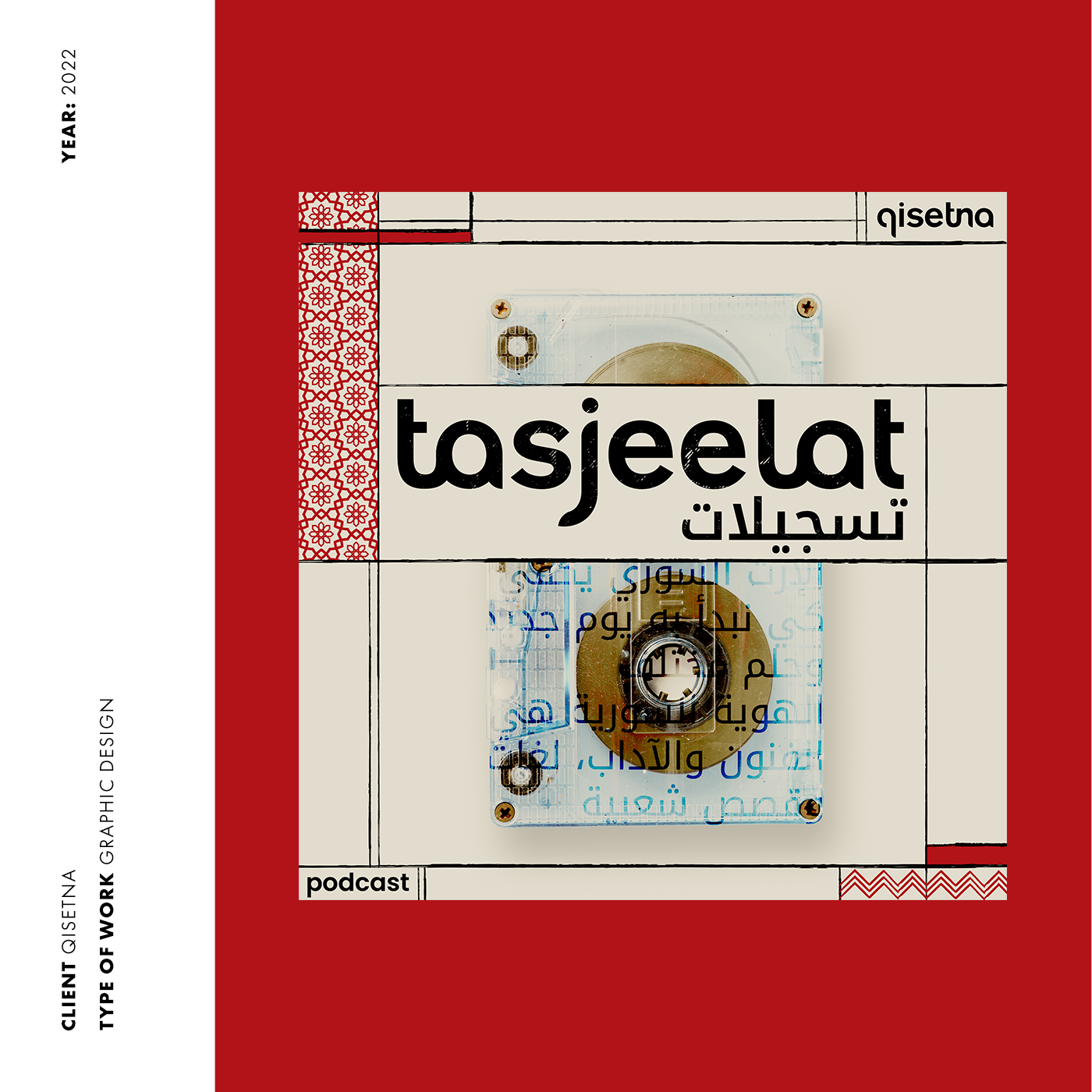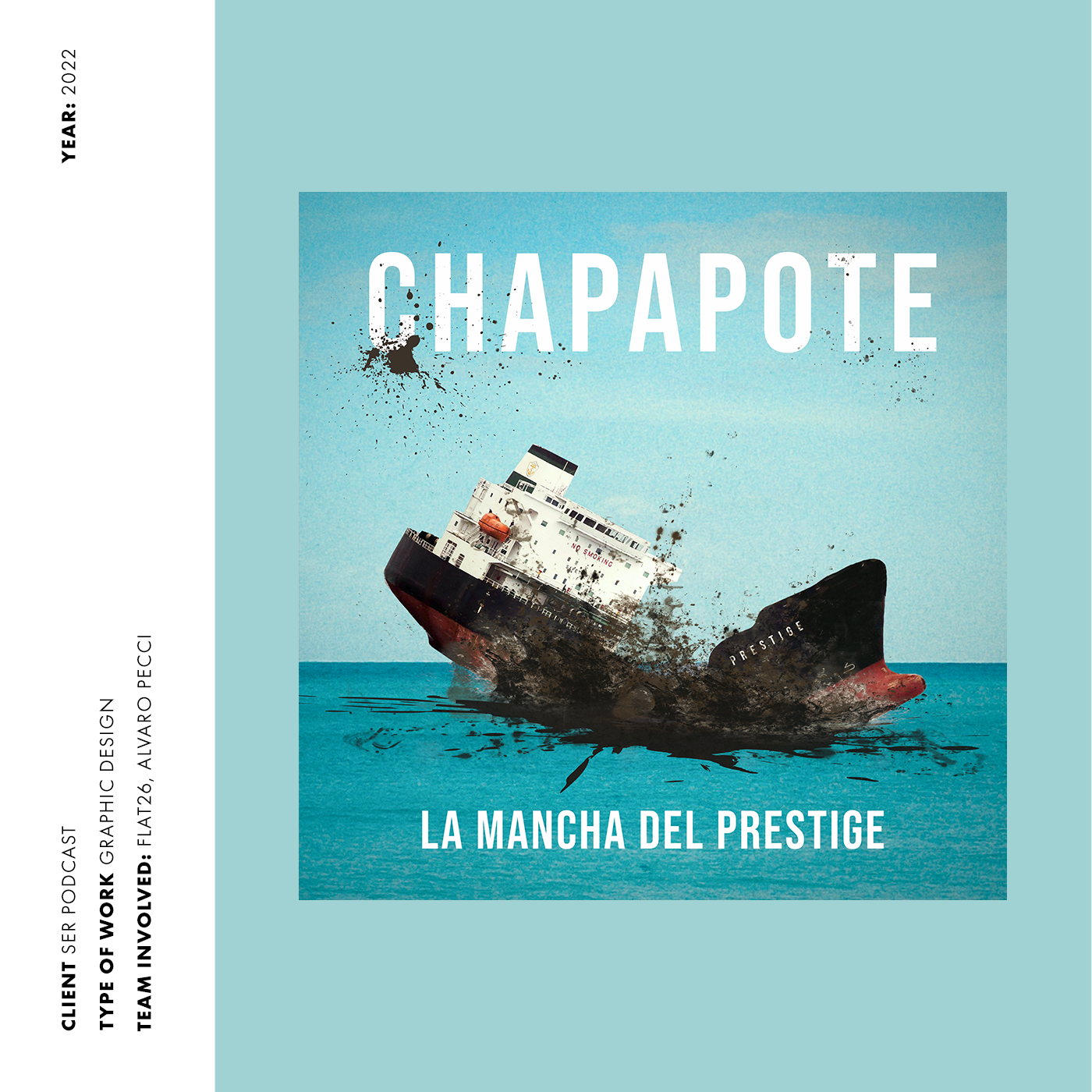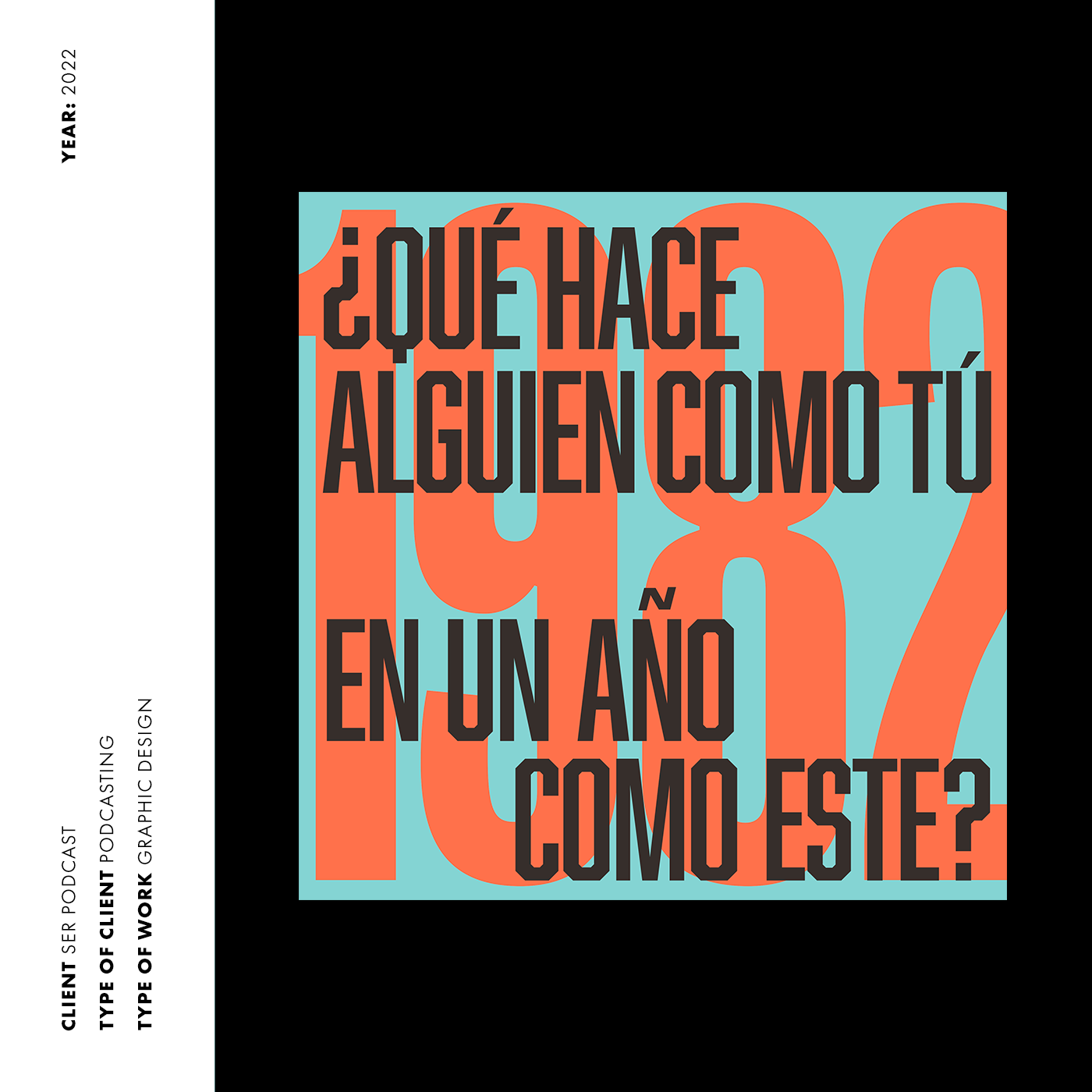Over the last year, we’ve found ourselves working on many fun projects involving podcast cover design.
We love podcasts – and apparently we are not the only ones, since 57% of the Spanish population now listens to them. Actually, Spain is the leading European country in terms of consumption of podcasts and audiobooks.
Being such big fans of the format ourselves, imagine our surprise when Brandemia – a renowned branding blog for Spanish speakers – listed Cadena SER, one of our clients in the podcasting world, as one of the platforms with better-crafted podcast covers on their recent article.
We have spoken before about specific podcast covers we’ve worked on. Like the one we did for Segunda Acepción, a show hosted by Ignatius Farray and Miguel Maldonado or this work we did for Tasjeelat, a podcast that brings the work of Qisetna – to preserve the cultural and oral heritage of Syria in the UK – to the audio world.
In its article, we go into a bit more detail about our process when it comes to designing a podcast cover.
A design like no other
But before we get into the process, we feel like we need to clarify that as a design studio, we don’t use a single style that we then apply to each individual podcast.
We don’t believe in one size fits all, and for us, every podcast is unique and demands a different style: it is all about its personality, the tone, the team behind the concept etc.
So we start each project with a blank page, eyes open, ready to do a deep dive into the podcast itself before we get to work.
So that’s exactly what we do first. We listen.

Listen & learn
The very first thing we do when we approach a podcast cover design is to listen to the podcast itself.
It might sound obvious, but actually listening to the contents tells us so much about its personality and what we should be looking out for.
At this point, we focus on getting the tone right, learning a bit more about the people and team behind it, and overall gaining a good feeling of what the personality of the program is.
Equipped with this knowledge, we’re then able to brainstorm a few elements that we feel should go into the design. We decide things like:
- Should the visual identity include illustrations?
- What traits of personality should be reflected in the typography?
- Would a collage style work on this platform?
- What type of elements should we include?
Inspiration and research
Once we have a few ideas on paper we start our research.
And this really depends on the project, but it involves a deep dive into the concepts we are trying to explore and also the product itself.
In terms of the product, we try to get to the nitty-gritty. What are its origins? What elements influenced it? Is there a story we need to tell through this visual identity?
If we have a specific style or element in mind by this point, we explore other artists’ work with the same concept, looking for inspiration anywhere from design magazines to museums to the city streets.
At this point, we are ready to start pouring our ideas into different concepts that we then present to our client.
We’re old school
Although most of the concepts we design are meant for the digital world, we like to keep things old school from time to time, working on physical formats before going digital.
For a recent project that called for an earthy vibe, we went out to the streets looking for leaves, flowers and other natural elements that we then combined in a composition. We, later on, took pictures and digitised the results to bring these elements to the podcast cover.
Another example would be the use of textures where we feel the physical format would enrich the result. In these cases we first create different textures and patterns on paper, using an array of brushes, sponges and anything we can find, really. We can then again bring these textures to the digital world and apply them in our podcast covers. If done right, this not only is a great way to let creativity flow – it also creates a visual result that is rich, vibrant and full of personality.



